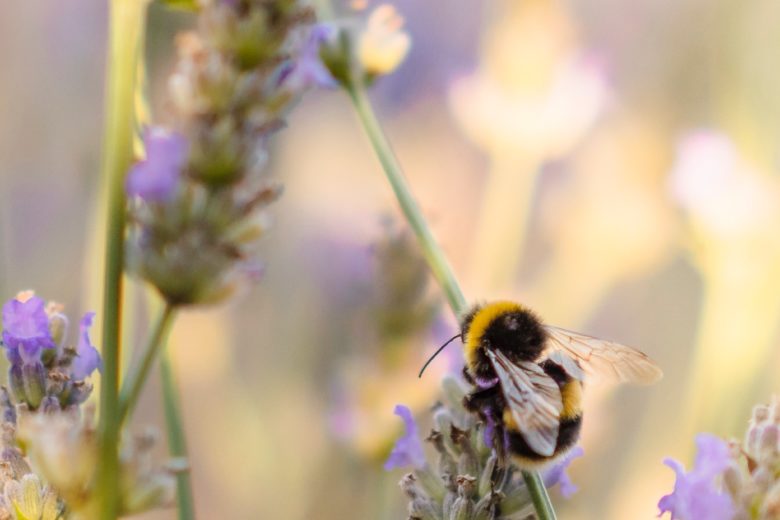Now decades ago, despite all stereotypes regarding Kentucky children, I knew better than to run barefoot. One unguarded step was sure to lead to a throbbing bumble or honey bee sting. But today? Maybe you’ve noticed fewer butterflies flitting above the fields, and summer’s orchestra of murmuring of bees and hummingbirds goes without so many musicians. Unless major efforts and changes are implemented, future generations may never enjoy the beauty of pollinators, much less their benefit in the garden and grocery stores.
Pollinator conservation, even when we examine species-specific indicators with just the monarch butterfly, can be overwhelming. Monarchs have migrations stretching from eastern North America all the way to the Sierra Madre Mountains in Mexico, and population declines of over 90% in the last twenty years, so how could one homeowner help? Much like how this is a combination of obstacles from habitat loss to pesticides, the solution requires a collaborative effort. But change always starts at home.
In Kentucky, 95% of land is under private ownership. Butterflies won’t bounce back and bees won’t buzz around our beefsteak tomatoes unless we do something. But what?
Start by diversifying any landscaping with native, pollinator-friendly plants. Reduce lawn management (and bonus: save gas!) with more flower beds. Help pollinators and enjoy a more colorful space by selecting options that bloom at different times throughout the growing season. Kentucky-native perennial options like pawpaw trees, redbuds, blueberries, trumpet honeysuckle, purple coneflower, and milkweed reduce the annual burden of planting. And, of course, reduce use of herbicides and pesticides.
Change isn’t easy, but often it’s necessary. Try implementing one or more strategies this season, and see what happens! If there’s one thing butterflies teach us, change can be a beautiful thing.
Happy World Bee Day! I hope yours is extra sweet.
*Feature Photo by Jamie Street on Unsplash
